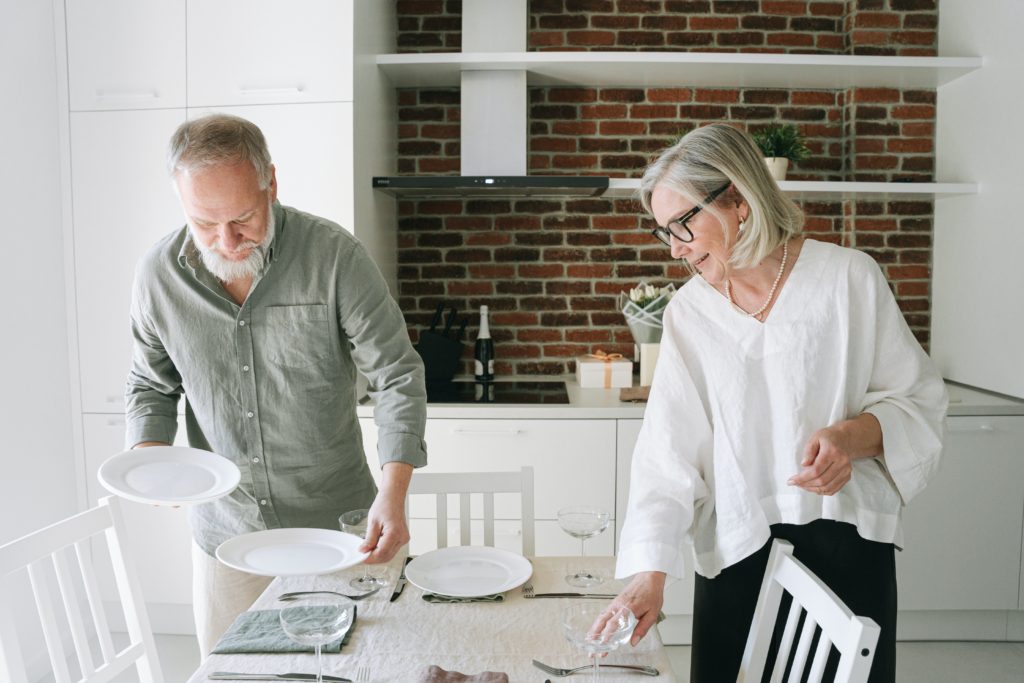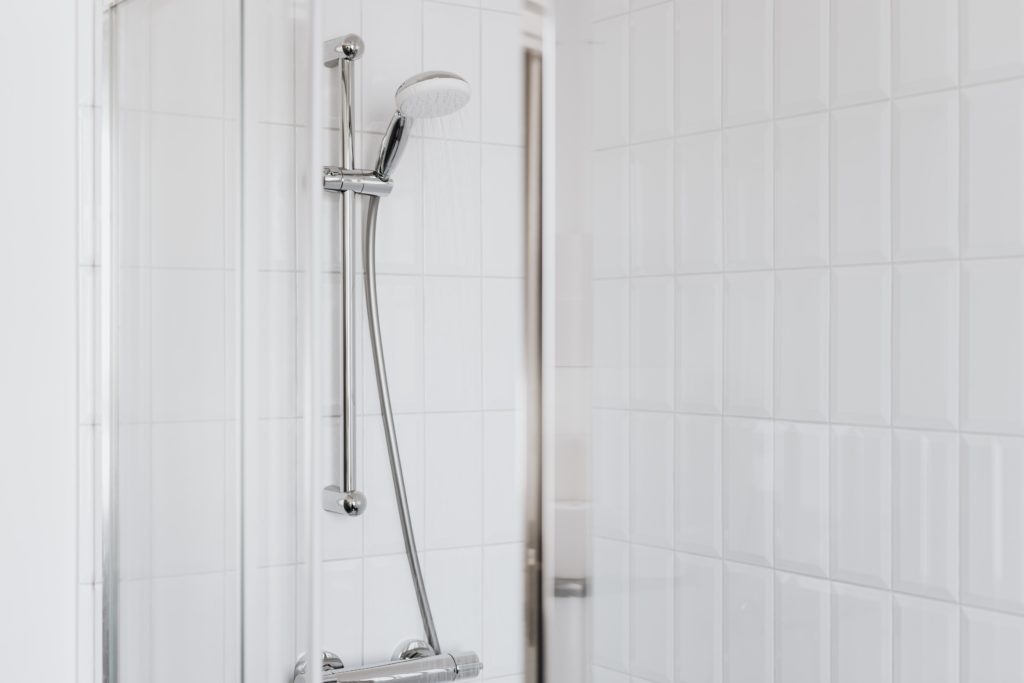by Rachel Blackwood, Ph.D., PT, CAPS, CDP and
Jane Sizemore, OTR/L, SHSS, EHCM, CEAC
Living alone as one ages can be daunting and fear-inducing for some, while others feel confident in the ability to remain independent while surrounded by their possessions and memories. Wherever you fall on the spectrum, we offer some easy-to-implement tips to allow you to age in place as independently as possible.
- Assess entryway
A zero-step entry option into the home is the safest and easiest to navigate. If your entrance has only a few steps leading into the home, sturdy handrails improve safety and ease of use. A ramp can be placed temporarily if needed due to an injury or illness. Zero-step entry creates ease for bringing things into the home (like groceries) and reduces overall fall risk.
- Create an option for main-level living
A first-floor bedroom will help you age in your home safely. At the very least, a first-floor bathroom is needed. In the event of injury or illness, other rooms could be converted into a bedroom.
- Assess bathroom needs
Access to a walk-in shower is the safest option for bathing as it eliminates the need to step over a tub. The addition of a shower chair, handheld shower head and grab bars can optimize your safety in the shower.
4. Organize your bathroom space
Evaluate your bathroom for ways to eliminate unnecessary walking and bending. Long-handled sponges or soap on a rope can decrease the need for bending towards the floor. Keep commonly used toiletry items in drawers between hip and shoulder height for easy access.
- Consider your toilet height
Elevated-height toilets increase ease of use. Grab bars or a bedside commode placed over a toilet can also make toileting easier.
- Reduce obstacles and clutter
Rugs often cause falls. Aging can lead to decreased step clearance, making it likely to trip on the edge of a rug. Avoid placing items on the floor in high traffic areas or on the stairs. An organized home is a safer home and eliminates unnecessary steps in your daily routine.
- Increase lighting
Falls are more likely to occur in dim or dark places. Ensure you have adequate overhead lighting and task lighting. Consider nightlights for hallways or bathrooms to limit falls when toileting at night. Additionally, use blinds and curtains to allow natural light into your home during the day, but also allow for adjustment to avoid glare.
- Add safety features to your home
There are numerous technology options these days, from motion lights to indoor/outdoor cameras. The use of doorbell cameras to ensure you are not opening your door to strangers can provide additional peace of mind. Smart home products allow for syncing of lights, voice control systems, and security systems. They can also allow for trusted friends or relatives to monitor you from a distance as needed.
- Personal Alert Systems
Consider a personal alert system that can notify emergency personnel and/or family members when you need help. Often falls occur when we least expect them, and you may not have access to your phone.
- Manage your medications properly
Improper medication management such as incorrect dosing, missed doses or medication interactions can lead to unforeseen circumstances such as falls, confusion or even hospitalization. Consider using a simple pill organizer or, if needed, a more robust pill organizer with auditory reminders. Some pharmacies even offer medication packets that have all pills organized into daily dosage packets, which help to eliminate improper dosing.
Designing Independence offers personalized recommendations for your home, so that it is best suited for your needs. We have even more tips available in our book, 365 Tips for Aging in Place, available on Amazon. You can also contact us at www.designingindependence.com.
The authors gave a presentation about living in place for Coming of Age in April 2022. Watch the video on our YouTube channel here: https://youtu.be/uiiZd0WzItY
April 2022



